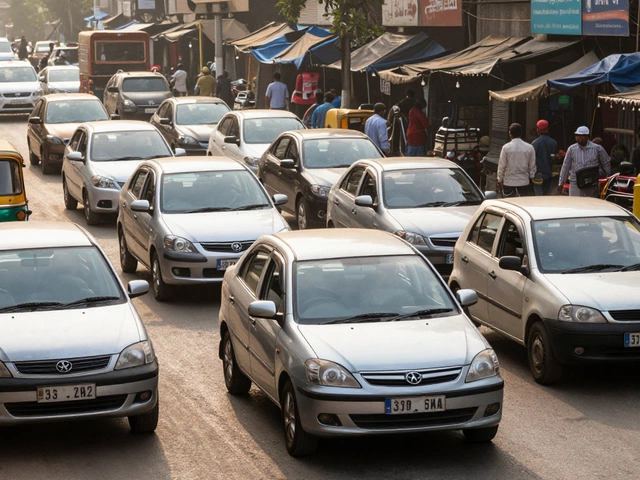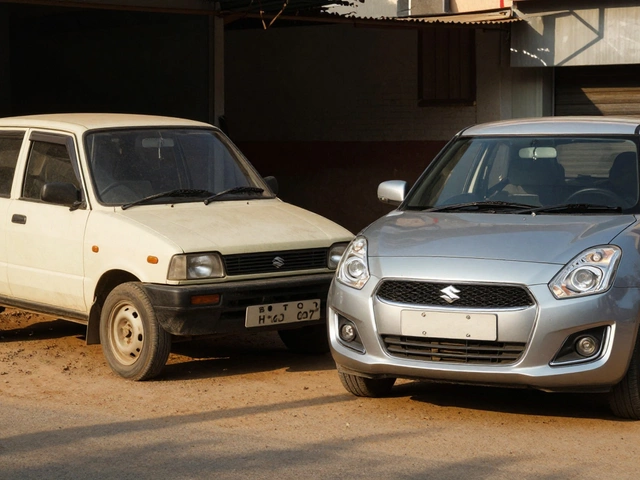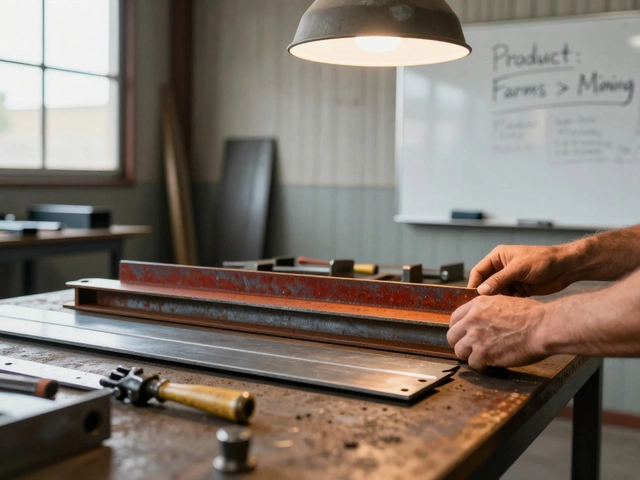PET Bottles: What They Are, Why They Matter, and How They Shape Manufacturing
When you grab a bottle of water or soda, you’re holding a PET bottle, a lightweight, shatter-resistant plastic container made from polyethylene terephthalate, commonly used for beverages and food packaging. Also known as number 1 plastic, it’s the most recycled plastic in the world—yet less than half of it actually gets reused. In India, PET bottles are everywhere: on street corners, in offices, inside cars, and piled up in landfills. They’re cheap to make, easy to transport, and perfect for single-use convenience. But that convenience comes with a cost—plastic waste is growing faster than recycling systems can handle.
PET bottles are made from petroleum-based resin, molded under heat and pressure in factories that run 24/7 to keep up with demand. Companies like Coca-Cola, PepsiCo, and local Indian brands rely on them because they’re light, seal well, and don’t break like glass. But the same properties that make them useful also make them hard to break down. A single PET bottle can sit in a landfill for over 450 years. And while some are collected for recycling, many end up in rivers, oceans, or burned in open pits—releasing toxic fumes. The plastic waste, the unwanted byproduct of plastic production and consumption, especially from single-use packaging like PET bottles problem isn’t just environmental—it’s economic. Factories that produce these bottles also produce tons of scrap, misshapen containers, and off-spec material. That waste doesn’t vanish; it piles up, and someone has to deal with it.
India’s manufacturing sector is caught in the middle. On one hand, the demand for PET bottles keeps rising because of urbanization, bottled water culture, and low-cost packaging needs. On the other, the country is under pressure to reduce plastic pollution. Some factories are starting to use recycled PET (rPET) in new bottles, cutting down on virgin plastic. Others are experimenting with thinner designs to use less material. But progress is slow. Meanwhile, the recycling PET, the process of collecting, cleaning, and reprocessing used PET bottles into new products industry remains fragmented—small scrap dealers, informal collectors, and a few big recyclers trying to keep up. There’s no national system, no real standard, and not enough investment in sorting tech. That’s why some of the most talked-about posts here dive into plastic waste, manufacturing inefficiencies, and how startups are trying to fix this mess.
What you’ll find in the collection below isn’t just theory. It’s real data on who’s making the most plastic waste, how much it costs to start a factory that makes or recycles PET, and why some of the biggest names in manufacturing are rethinking their plastic use. You’ll see how the same factories that churn out billions of bottles are also struggling with waste, compliance, and consumer backlash. And you’ll find out what’s really happening behind the scenes in India’s plastic supply chain—because if you’re in manufacturing, you can’t ignore PET bottles anymore. They’re not just containers. They’re a mirror of our habits, our systems, and our future.
What Is the Number 1 Under Plastic Bottles? Understanding Resin Identification Codes
The number 1 under plastic bottles identifies PET plastic, the most common material for water and soda containers. Learn what it means, how it's recycled, and why it matters for the environment.
Read More




